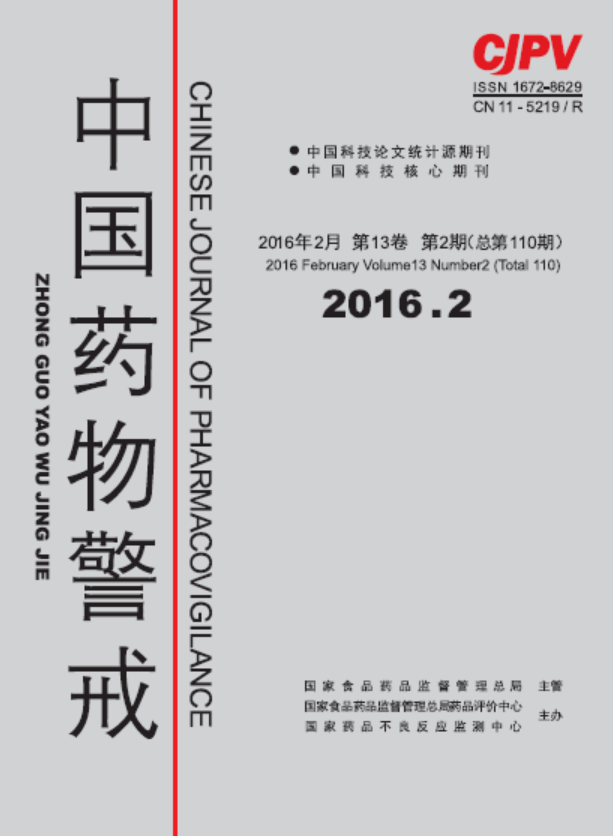|
|
Effects of Salvia Miltiorrhiza and Exercise on Blood Stasis Aged Rat Model and Its Mechanism
JIA Jing-jing, MAO Xin, CHEN Ying, FU Ying-jie, HAN Shu-xian, WANG Zhi-min, LIAO Fu-long, YOU Yun
2016, 13(2):
65-69.
ObjectiveTo investigate the effects and possible interactions of Salvia miltiorrhiza combined exercise on blood stasis in aged rats. MethodsBlood stasis aged rat model was established by subcutaneously injecting D- galactose. 3×3 factor experimental design was used. Rats were randomly divided into nine groups, namely different levels of Salvia miltiorrhiza (0, 1.5, 3 g·kg-1) and different levels of swimming (0, 20, 40 min). After seven weeks, Laser Doppler blood flow imaging system was used to monitor the change of microcirculation blood flow of rat lower limbs and detect the post-occlusion reactive hyperaemia (PORH) of rat lower limbs. The plasma samples of rats were collected to determine the content of platelet aggregation and fibrinogen (FIB). The serum samples were collected to detect the level of superoxide dismutase (SOD) and malondialdehyde (MDA). ResultsBoth Salvia miltiorrhiza and exercise could improve the microcirculation blood flow of model rat lower limbs (P<0.01, P<0.05) and they had interaction (P<0.05). Salvia miltiorrhiza could significantly enhance the hyperemia rate of model rat lower limbs (P<0.01). Both Salvia miltiorrhiza and exercise could reduce the rate of platelet aggregation of model rats (P<0.05, P<0.05), and lower the content of FIB of model rats (P<0.01, P<0.01) and they had interaction (P<0.01). Exercise could increase the level of SOD in model rats (P<0.05). Both Salvia miltiorrhiza and exercise could decrease content of MDA of model rats (P<0.01, P<0.05). ConclusionSalvia miltiorrhiza combined appropriate exercise could improve the microcirculatory disturbances of blood stasis aged rats through reducing the rate of platelet aggregation and the content of FIB and MDA, increasing the level of SOD and the microcirculation blood flow.
References |
Related Articles |
Metrics
|

